Optimal Timing for Stamped Concrete Service
Understanding the optimal timing for stamped concrete service ensures durability and quality. Weather conditions, temperature, and humidity play significant roles in the success of the installation and finishing process.
Spring and early fall typically offer suitable temperatures and moderate humidity, making them ideal for stamped concrete projects.
Temperatures between 50°F and 85°F are optimal for curing and finishing stamped concrete, preventing issues like cracking and improper setting.
Dry weather with minimal rain is essential to ensure proper curing and to avoid delays or damage during installation.
Planning projects during seasons with stable weather reduces the risk of weather-related disruptions and ensures a longer-lasting finish.

A professional crew applying stamped concrete during favorable weather conditions.
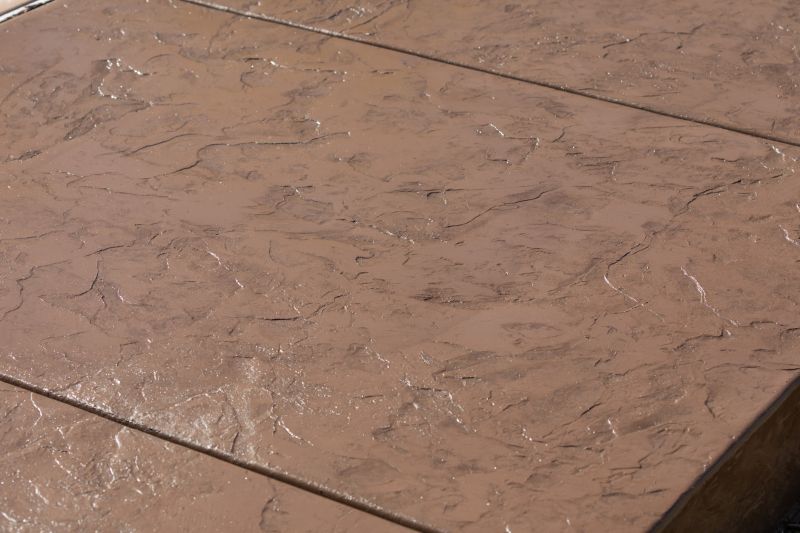
A decorative stamped concrete patio with vibrant color and detailed pattern.
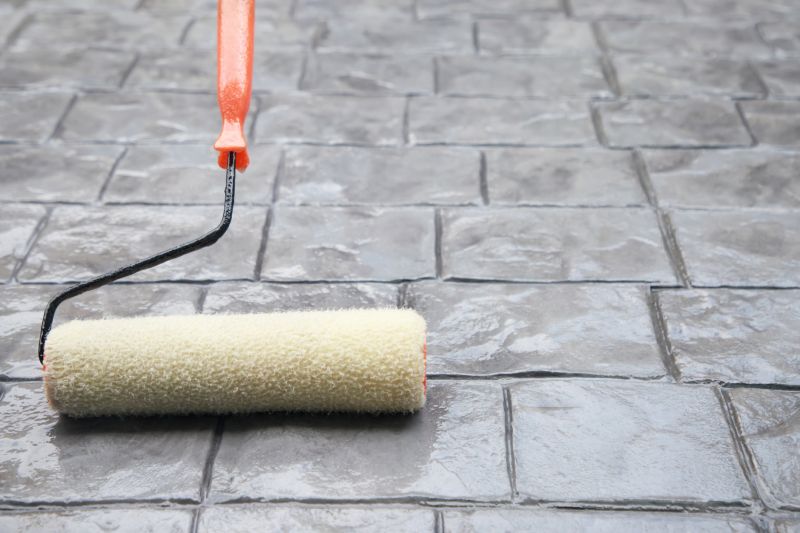
Surface preparation before applying stamps and color treatments.
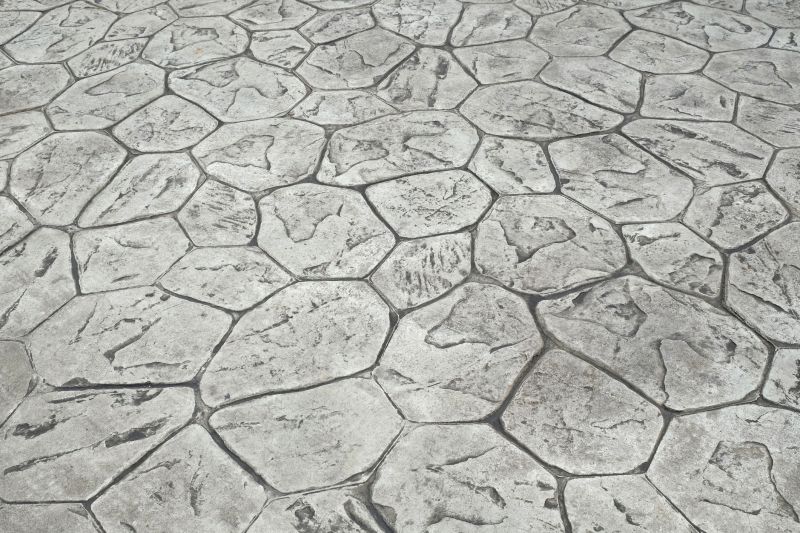
Scheduling stamped concrete projects during optimal seasons for best results.
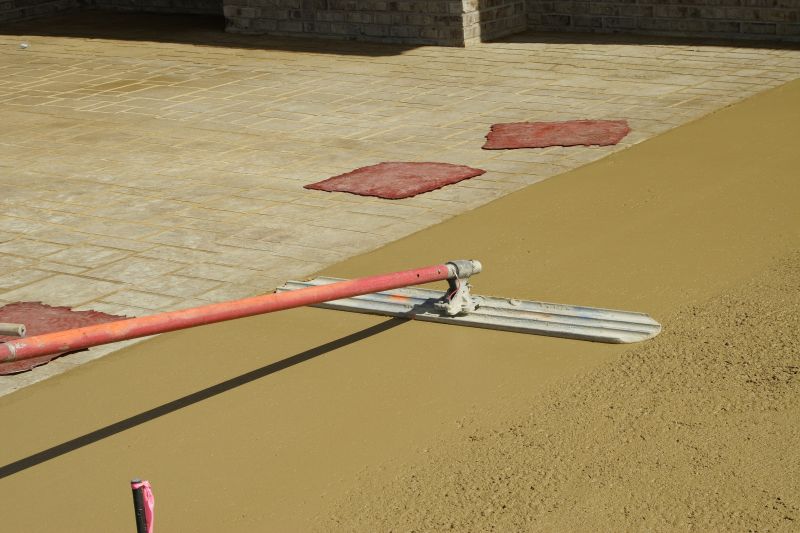
Using weather data to plan construction days for stamped concrete.

Proper curing techniques during suitable weather conditions.

Close-up of stamped concrete with intricate patterns and coloring.
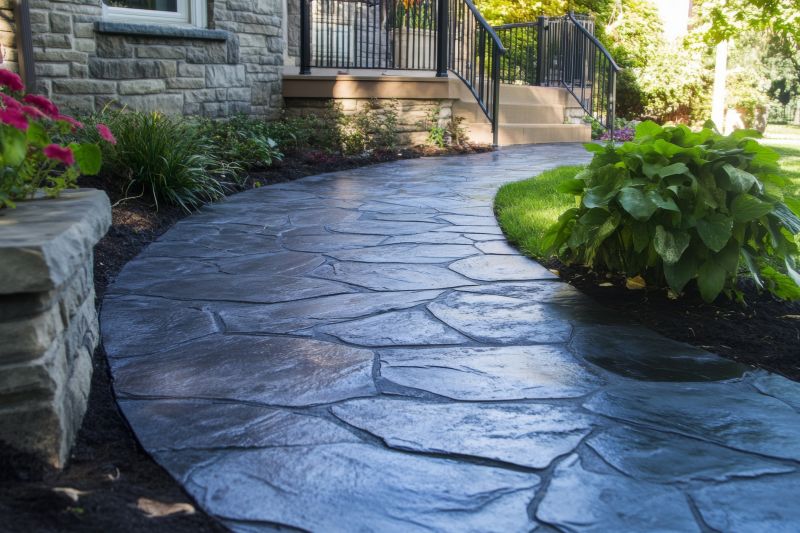
Stamped concrete used in patios and walkways enhancing outdoor aesthetics.
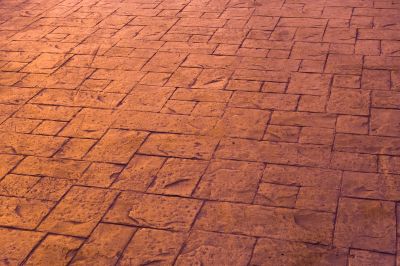
A durable and attractive stamped concrete surface ready for use.
| Season | Advantages |
|---|---|
| Spring | Moderate temperatures and low humidity promote proper curing. |
| Early Fall | Ideal weather conditions with stable temperatures. |
| Late Spring | Less rain and optimal curing conditions. |
| Late Summer | Possible heat concerns; requires careful planning. |
| Winter | Not recommended due to cold temperatures and moisture issues. |
Stamped concrete service involves creating decorative, durable surfaces that mimic natural stone, brick, or other patterns. Proper timing ensures the concrete cures correctly, resulting in a longer-lasting and visually appealing finish. The process includes surface preparation, coloring, stamping, and sealing, all of which benefit from optimal weather conditions for best results.
Statistics indicate that projects completed during favorable weather have a 30% higher success rate in durability and appearance retention. Proper timing reduces the likelihood of cracking, color inconsistencies, and surface defects, making it a crucial factor in stamped concrete projects.
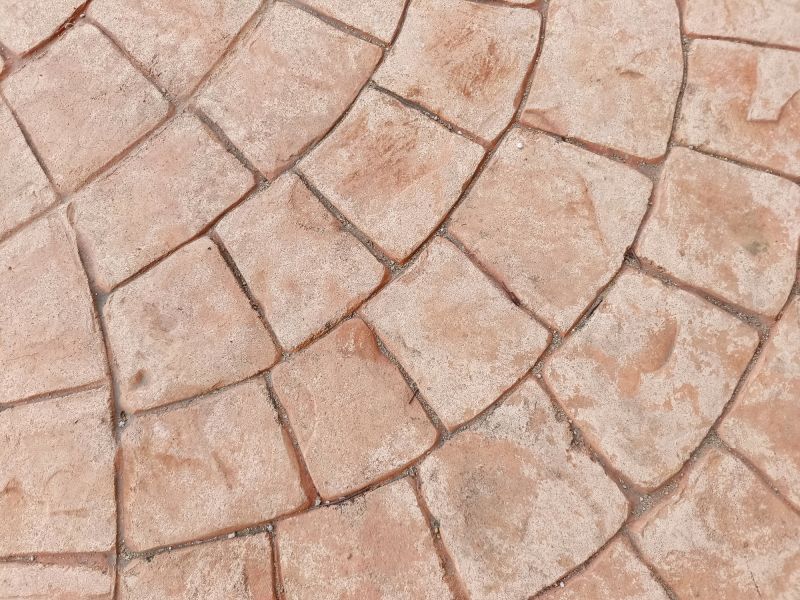
Detailed pattern showcasing the decorative surface.
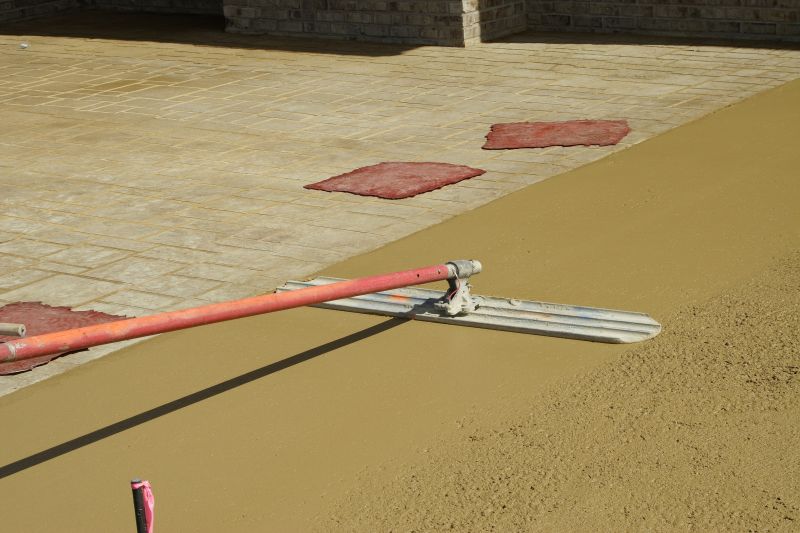
Applying color to enhance the stamped pattern.
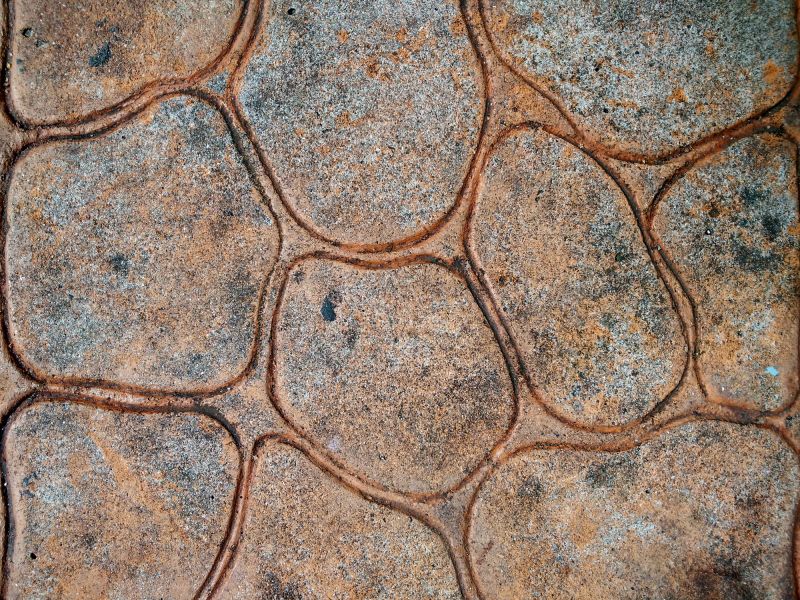
Sealing to protect and enhance the surface.
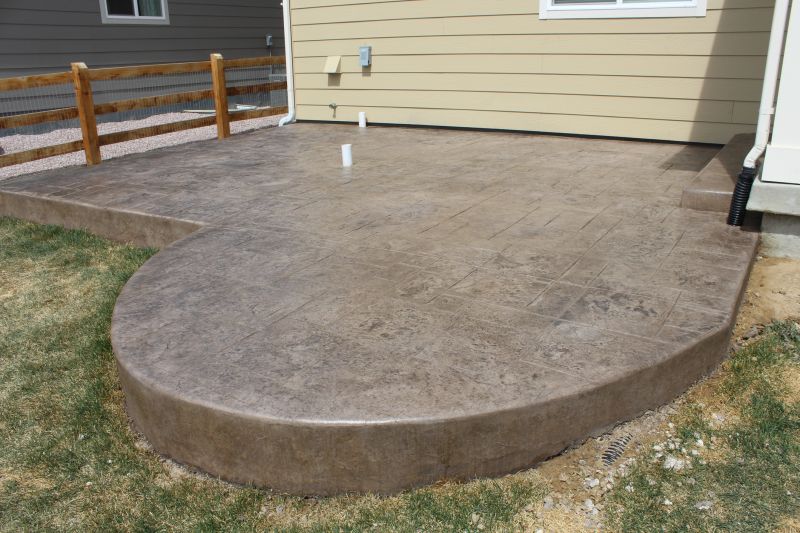
Completed stamped concrete in an outdoor setting.
Interested parties are encouraged to contact for further details or to schedule a consultation for stamped concrete services. Proper timing and planning are essential to achieve the best results and ensure the longevity of the decorative surface.
